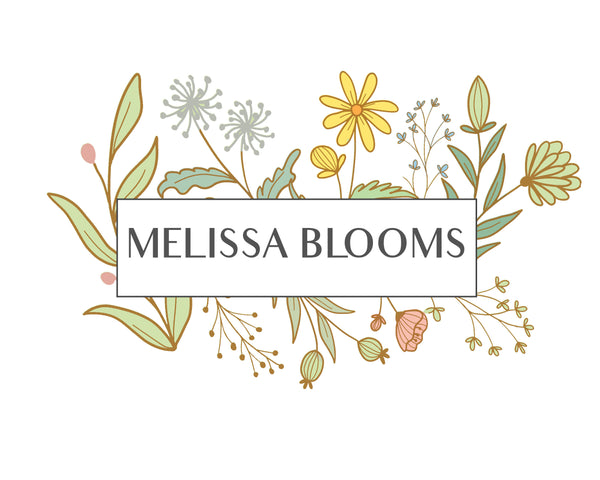Calabrese Greenhouse, Inc.
Monstera Split-leaf-6"
Monstera Split-leaf-6"
Couldn't load pickup availability
**Does not include Decorative Pot**
Light
This species typically grows best in partial sunlight. Philodendrons need sun, but they would naturally receive dappled light under a tropical canopy rather than direct light. Indoors, set them up by a window that gets bright, indirect light. Too little light can result in leggy growth with lots of space in between the leaves, but too much light can cause many of the leaves to turn yellow at the same time. (Only a few leaves yellowing is typically just normal aging.)
Soil
Philodendrons like loose, acidic potting soil that’s rich in organic matter. The soil must have good drainage. For container plants, it’s recommended to replace your philodendron’s soil every couple of years or so. These plants are sensitive to salts that accumulate in the soil via watering, which can cause leaf browning and yellowing. You can periodically flush out some of the salts by watering your container thoroughly until water comes out of its drainage holes. Eventually, the soil will need refreshing.
Water
When determining how often you should water your philodendron, find the proper watering schedule by checking its soil: Water this plant whenever the top inch of soil has dried out. These plants generally like a moderate amount of soil moisture. Both overwatering and underwatering can cause the leaves to droop, so gauge when it’s time to water by the soil dryness rather than the leaves. Philodendrons don’t do well sitting in soggy soil, as this can lead to root rot. The non-climbing varieties tend to have a little more drought tolerance than the vining species. Reduce your watering schedule for indoor plants during the winter.
Temperature and Humidity
The temperature tolerance of philodendrons varies based on the species. In general, they should not be exposed to temperatures below 55 degrees Fahrenheit. Indoors, protect them from cool drafts, such as those from an air-conditioning vent. These plants like humidity, so you might have to boost humidity around your philodendron if you live in a dry climate. To do so, mist the plant every few days with water from a spray bottle. You can also place the container on a tray of pebbles filled with water, ensuring that the bottom of the container isn't touching the water, which can lead to root rot.
Fertilizer
Use a balanced liquid fertilizer monthly on your plant in the spring and summer. Follow the product label instructions to use the correct amount, and reduce feeding to every six to eight weeks in the fall and winter. If your plant isn’t getting enough food, its growth will be slower than normal, and its leaves might appear smaller than usual.
Share


